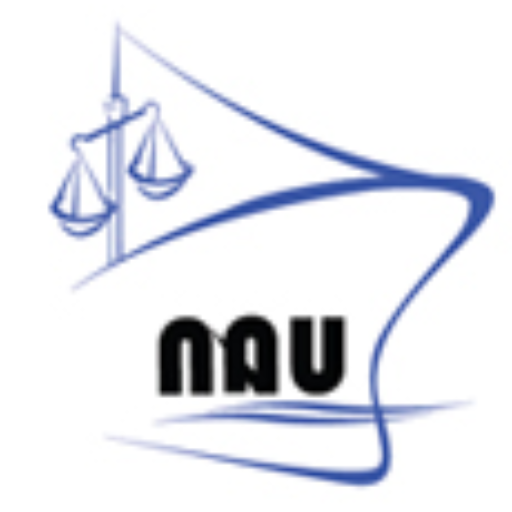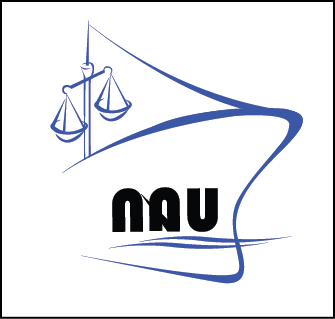The English Parliament recently legislated the Electronic Trade Documents Act so as to allow for electronic documents including Electronic Bills of Lading to be legally recognised. Other countries, such as Singapore, had earlier legislated the Modern Law on Electronic Transferable Records, and therefore there was already a framework available in other jurisdictions to give legal effect i.e. the Bill of Lading could choose a governing law which recognised electronic trade documents. Alternatively, it was possible for electronic documents to be issued basis a rule book so as to ensure that parties involved in the transaction agree to recognise the electronic documents as if it were a paper document. While the new English law will obviously facilitate the growth of electronic documents, we believe more must be done, particularly by the stake holders such as banks and financial institutions to promote the use of electronic documents.
We attach below a paper sent by XDC Trade Network to the UK Parliament which supported the MLETR and which was used as an evidence for the English Act. XDC are incidentally based in Singapore and are working to build a platform which facilitates the exchange of electronic documents using block chain technology. One of the innovations by XDC is the function of “Trust” so that the electronic documents are checked by independent 3rd parties to verify them.
A solution for Electronic Trade Documents Bill – Evidence1
International trade is ever growing in complexity as every nation seek to improve their border compliance for imports and facilitate access to export markets for their domestic producers.
Multi country jurisdiction, multiple standards, reliance on paper trade documents, non-availability of funds for the SMEs are some of the cross- border trade challenges.
Digitisation is a key enabler and can address some of these challenges. Some nations have made significant progress in digitising trade processes within their borders such as implementing trade single windows, there remain significant challenges in digitising cross-border processes.
Trade digitisation is attempted by a few companies in past but they have only added to the problem by creating digital islands witnessing poor adoption. But we have a lot of learnings from these attempts.
Any scalable solution to the digitisation of cross border trade must embrace and not conflict with diverse policy making priorities. We need to create a highly scalable operating model for digitisation and trust of cross border trade based on verifiable credentials, linked data, and decentralised identifiers.
A solution for the long-standing problem –
Decentralised architecture – Using a blockchain network trade documents are self-issued as “verifiable credentials” by traders (e.g., invoices, way bills) or issued by a competent authority (e.g., certificates & permits) to the trader who stores them in their own systems. The documents are digitally signed by the issuer using an identity created and owned by the issuer. The digital documents typically also have a human friendly view that looks like the paper equivalent (but with a QR code that links to the encrypted digital version). The documents are exchanged via any convenient method (email attachment, portal upload, API automation, even as a QR printed on the corresponding goods). The exchange method is not important because the security is built into the document itself. Any party that receives a document can verify its integrity and confirm the identity of the issuer. There is no dependency between issuer and verifier. This model works well for long supply chains where each party “just does their job”. There are no centralised hubs nor any need for EDI connections.
What does the solution use?
Use of Model Law on Electronic Transferable Records (MLETR) to enable the legal use of electronic transferable records both domestically and across borders. The MLETR applies to electronic transferable records that are functionally equivalent to transferable documents or instruments. Transferable documents or instruments are paper-based documents or instruments that entitle the holder to claim the performance of the obligation indicated therein and that allow the transfer of the claim to that performance by transferring possession of the document or instrument. Transferable documents or instruments typically include bills of lading, bills of exchange, promissory notes and warehouse receipts.
Solution to be developed using XDC Network, an EVM compatible blockchain network built for enterprise grade applications which is more efficient and significantly less expensive to use with a 2-second block time (with finality) and up to 2,000 transactions per second (TPS), with near-zero gas fees of $0.00001 (or less) per transaction. XDC is an open-source, enterprise-ready hybrid blockchain protocol that specializes in tokenization for real-world decentralized finance. For more on XDC please visit https://xinfin.org/resources
XDC Trade Network Pte Ltd, a Singapore registered entity is in process of developing a portal which will bring in various components of cross-border Trade Finance together. This Solution will bring in the existing solutions which are open and add new components to give a seamless experience to the participants of a trade. Technical interoperability is a fundamental pre- requisite and a credential issued by one platform will be verifiable by another.
API integration with data Oracles from various sources will provide authenticity to the transactions and reduce the cost for obtaining them. For most cross- border trade terminology, the semantic standards authority is UN/CEFACT, hence this standard will be followed.
Components of solution –
- – Issuance and Surrender of Electronic Bill of Lading
- – Issuance and Surrender of any negotiable instrument
- – Simplify the entire endorsement chain
- – Financing parties are able to verify and endorse the trades
- – Tokenisation of trade documents
- – Democratisation of Trade Finance by enabling payment using ISO 20022
- – Frauds free trades as all data are verifiable
Be compatible with existing legal frameworks:
Some regulators have quite prescriptive legislation about trade documents that may need to be changed in order to support digitisation. In such cases, there could be scenarios where issuers would need to know in advance which nations can support digital documents and which still need paper.In such cases issuers may need to issue both paper and digital.
Help required from the regulators:
Pass the Electronic Trade Documents Bill. Authorities and certification scheme owners to issue their documents using standardised (JSON-LD) vocabularies. This is a necessary step to help the much larger group of certifiers to issue interoperable conformity certificates. Issuing the certificates as open attestations allows paper and digital versions to coexist.
Work in progress:
While various components/solutions are ready to be plugged into the XDC network, currently we are in the final stages of integrating with Singapore developed OpenAttestation https://www.openattestation.com/ to enable documents issued with this technology to be cryptographically trustworthy and able to be verified independently. OpenAttestation provides the technology underpinnings of TradeTrust https://www.tradetrust.io which is an open framework adapted for global trade practices to help the typically long chain of business partners achieve the ultimate objective of fully digitalising their business processes even across borders
The proof of the pudding is in the eating and while we are hopeful for increased used of electronic documents and which would result in both efficiencies and cost savings, we believe that it would only be possible if the stake holders get into the bandwagon wholeheartedly.
1.Letter published by Sunil Senapathi, CEO of XinFin



Ashwin Shanker
Hi Jagan ! No further comments from me, I don’t know anything more on this topic.
Shiraz Lakhani
A very well written article, thank you.